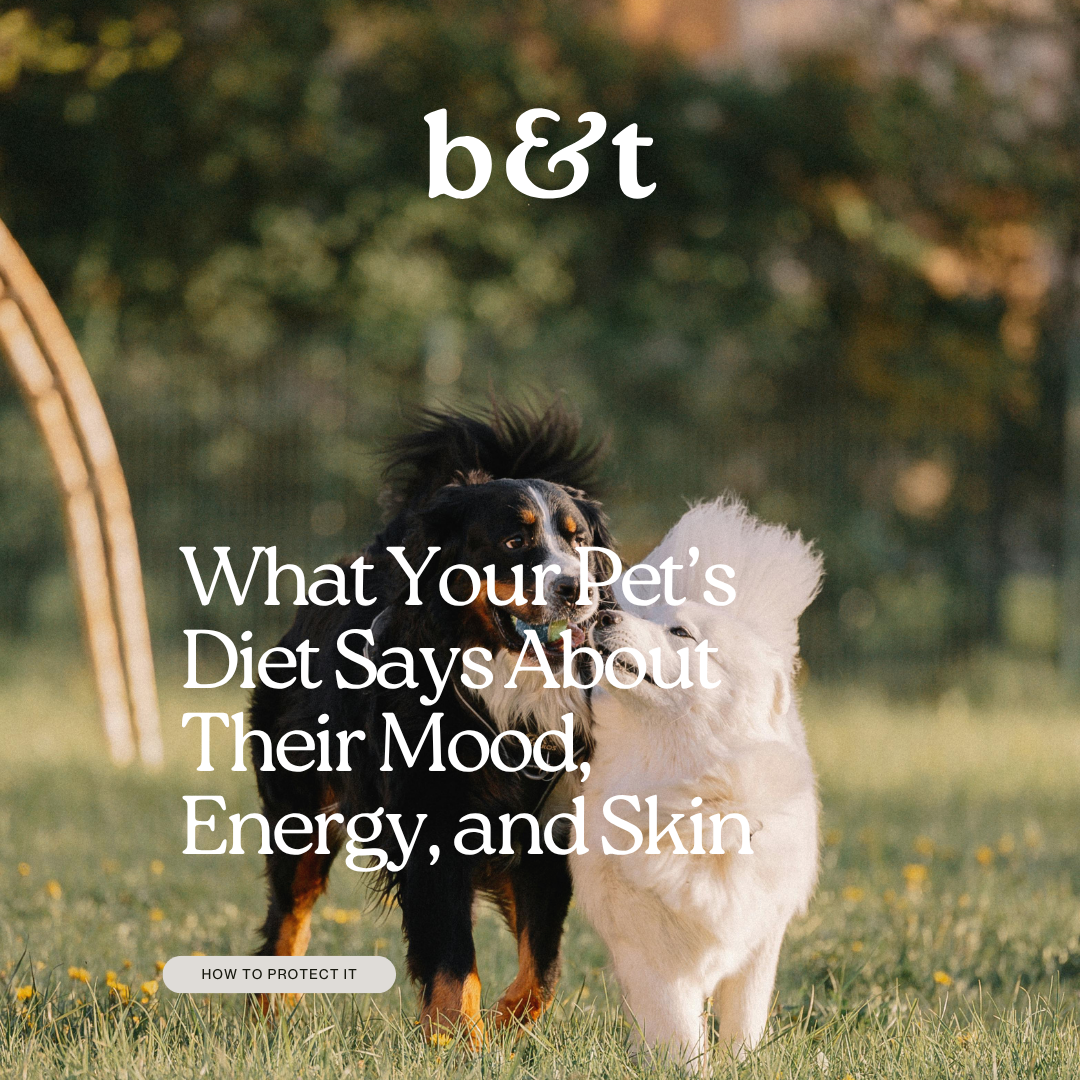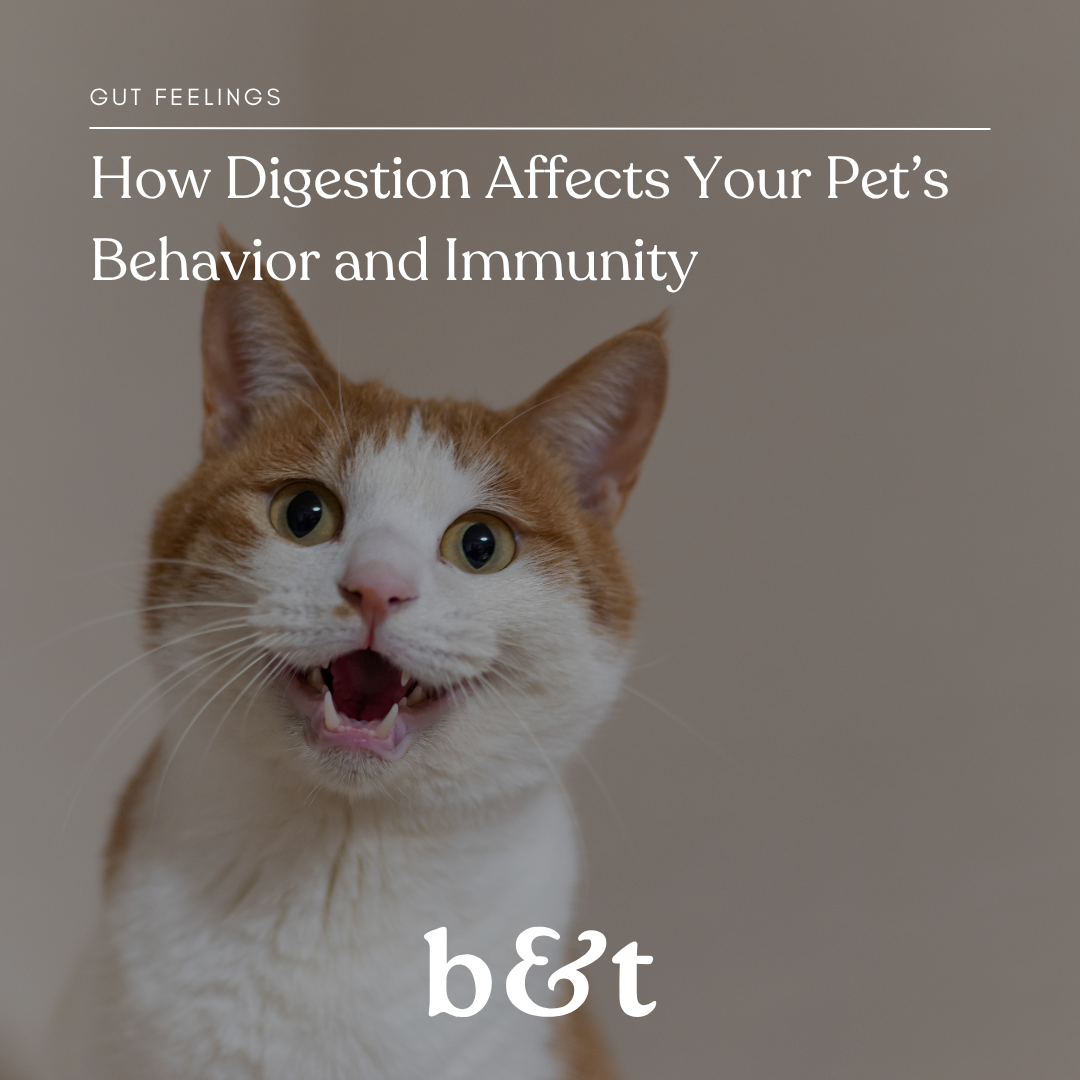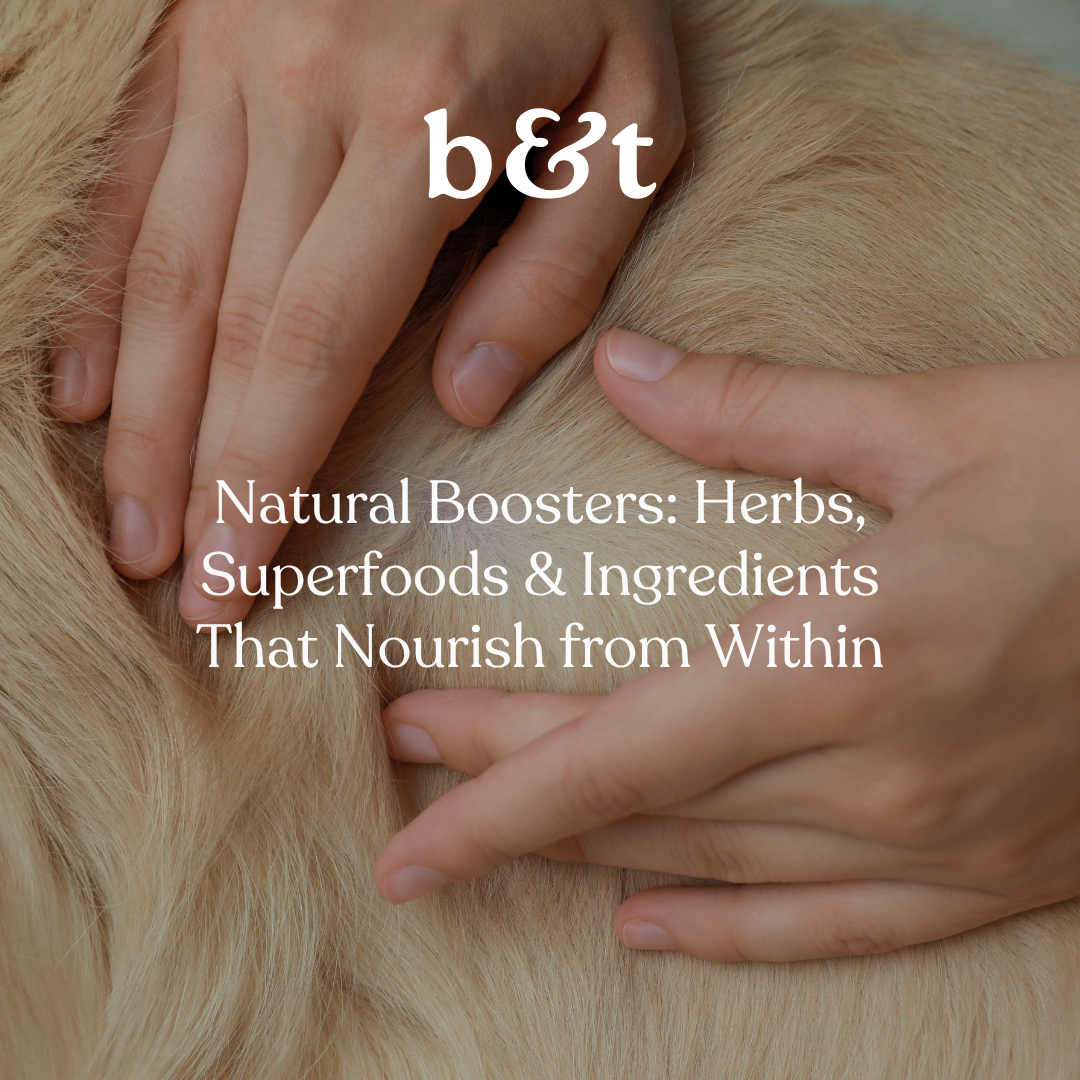
What Your Pet’s Diet Says About Their Mood, Energy, and Skin
Because what they eat shapes how they feel — inside and out.
Food isn’t just fuel. It’s chemistry, it’s comfort, and for cats and dogs, it’s communication. Their diet speaks in quiet ways — in the shine of their coat, the softness of their behavior, and the light in their eyes after a day well-lived.
At Beats and Tails, we believe in looking beyond the bowl. In noticing the patterns. In choosing food that reflects how much we love them — not just to keep them full, but to help them feel truly well.
Here’s what your pet’s diet might be trying to tell you — through their body, mood, and energy.
1. Mood: Calm or Reactive?
The gut and brain are deeply connected, even in pets. If your dog or cat seems unusually anxious, withdrawn, or overly excitable, their diet could be part of the story.
Clues to watch for:
-
Sudden mood swings
-
Overreacting to sounds or touch
-
Difficulty relaxing or falling asleep
-
Excessive barking, meowing, or restlessness
Possible causes:
-
Excess sugar or fillers (like corn, wheat, soy)
-
Inconsistent feeding times
-
Lack of essential fatty acids (like omega-3s)
What helps:
-
Establish a feeding routine
-
Look for clean ingredients with calming nutrients like L-theanine or chamomile
-
Add brain-supportive foods like salmon, flaxseed oil, or soft pumpkin purée
A stable routine + nourishing food = a more grounded, peaceful pet.
2. Energy: Balanced or Burned Out?
Food is energy — quite literally. The wrong type of fuel can leave your pet sluggish and flat, or bouncing off the walls and crashing fast.
Clues to watch for:
-
Low stamina during walks or play
-
Excessive napping or zoning out
-
Sudden spikes in hyperactivity followed by a crash
-
Lack of interest in toys or social interaction
Possible causes:
-
Too many carbs, not enough clean protein
-
Dehydration or poor nutrient absorption
-
Underfeeding or irregular mealtimes
What helps:
-
Feed protein-rich meals appropriate for their breed and life stage
-
Offer water-rich additions like bone broth or fresh veggies
-
Avoid artificial colors, flavors, and high-glycemic fillers
Energy should be steady and joyful — not chaotic or flat.
3. Skin & Coat: Radiant or Reactive?
The skin is a reflection of the inner world. A shiny coat, hydrated skin, and minimal shedding are usually signs that your pet’s diet is doing its job.
Clues to watch for:
-
Dull, flaky coat
-
Excess shedding or dandruff
-
Licking, scratching, or hotspots
-
Bad odor despite grooming
Possible causes:
-
Food sensitivities or lack of essential fatty acids
-
Low hydration
-
Poor digestion or unbalanced gut flora
What helps:
-
Add omega-3s from fish oil or chia seeds
-
Use gentle, natural grooming products (like our dry shampoo + serum)
-
Choose single-protein diets with minimal additives
A nourished pet feels good in their skin — and it shows.
Look, Listen, Love
Your pet is always telling you how they feel — in tail wags, in stillness, in the way they greet you at the door. Their diet is part of that language.
By paying attention to their mood, energy, and skin, you’re not just giving them food. You’re giving them care. Presence. The kind of attention that says, I see you. I know you. I love you.
And that, to us, is what real nourishment looks like.

